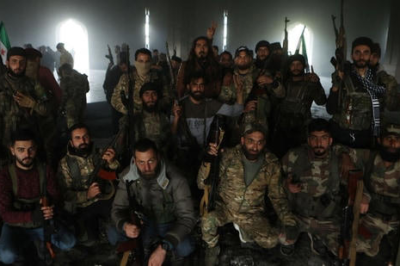
The overthrow of Syrian President Bashar al-Assad by Hayat Tahrir al-Sham (HTS)-led rebel forces has led to dramatic developments across Syria. Here’s a summary of the key updates since the regime’s fall:
Key Developments
- Tomb of Hafez al-Assad Torched
- Rebels torched the mausoleum of Hafez al-Assad, Bashar’s father and former president, in Qardaha, the Assad family’s hometown.
- The structure, a prominent architectural landmark, housed the tombs of Hafez, his son Bassel, and other family members. The mausoleum sustained significant damage, with parts set ablaze by rebel fighters.
- Rebel Offensive and Regime Collapse
- A lightning offensive led by HTS culminated in the capture of Damascus and forced Bashar al-Assad to flee to Russia.
- The swift advance ended over 50 years of Assad family rule, marking a significant shift in Syria’s political landscape.
- Government Transition Efforts
- Syrian Prime Minister Mohammad Ghazi al Jalali expressed willingness to collaborate with the opposition for a peaceful governance transition.
- HTS leader Abu Mohammad Al-Golani stated that the new regime will hold accountable those involved in crimes under Assad’s rule.
- International Reactions
- UN Secretary-General Antonio Guterres noted “signs of hope” for Syria after the end of Assad’s dictatorship.
- The US brokered a ceasefire between Kurdish-led Syrian Democratic Forces (SDF) and Turkish-backed rebels in Manbij, aiming to stabilize the region.
- US Diplomatic Efforts
- Secretary of State Antony Blinken is visiting the Middle East to address the chaos in Syria and support an inclusive transition.
- Blinken’s trip underscores the Biden administration’s focus on reshaping Syria’s future amid ongoing regional tensions.
Implications
The collapse of the Assad regime marks a historic moment for Syria but raises concerns about power struggles and stability in the region. International actors, including the US, are working to shape the next phase of governance, emphasizing accountability and inclusivity.
4o









































Leave a Reply